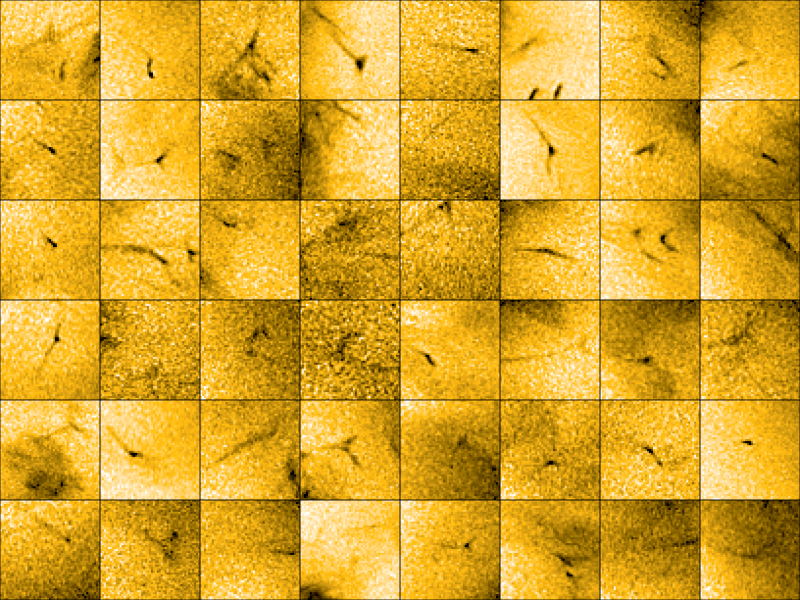Recently identified Sun “Nanoflares” May Serve as the Origin of Solar Wind

While outer space lacks traditional air, it experiences a unique form of wind known as solar wind, composed of charged particles emitted by the Sun. The precise process driving this phenomenon remains unclear, but the Solar Orbiter spacecraft from the European Space Agency (ESA) has recently detected hitherto undiscovered “small-scale” eruptions on the Sun’s surface expelling plasma into space.
The Solar Wind’s Mysterious Origins
For many years, the solar wind linked to features known as coronal holes. These are shadowy regions that manifest above the Sun’s surface as its magnetic field extends into the solar system. Plasma has the capacity to travel along these exposed magnetic field lines and disperse into the solar system, forming the solar wind. However, the question remains: What initiates the launching of this plasma in the initial stages?
A potential answer to this question might have come to light recently. The Solar Orbiter has been closely monitoring our nearby star for the past couple of years, including observing a coronal hole with unprecedented clarity using extreme ultraviolet wavelengths of light.
Unveiling the Sun’s Mini Plasma Jets
In the process, the Orbiter has identified numerous minuscule jets of plasma emanating from the Sun’s corona. It’s important to note that “tiny” is a relative term in this context; each jet measured just a few hundred kilometers in length, with speeds reaching approximately 100 km (62 miles) per second and lasting anywhere from 20 to 100 seconds. Although they possess significantly lower energy compared to other solar flares, emitting only about 1,000th of the energy of previously known small flares, their sheer quantity could potentially contribute to a substantial portion of the solar wind.

ESA & NASA/Solar Orbiter/EUI Team; acknowledgement: Lakshmi Pradeep Chitta, Max Planck Institute for Solar System Research, CC BY-SA 3.0 IGO
“The outcome here indicates that, to a significant extent, this flow is not uniformly consistent. The prevalence of these jets implies that the solar wind emerging from coronal holes may originate as a highly sporadic outpouring,” explained Andrei Zhukov, the principal investigator of the Solar Orbiter observation mission.
Unraveling the Secrets of Solar Wind
Further observations will enhance our comprehension of these minute plasma ejections and shed more light on the characteristics of solar wind. This, in turn, has the potential to offer more accurate space weather forecasts for forthcoming astronauts and spacecraft. Fortunately, the Solar Orbiter’s perspective will improve in the coming years as its orbit is adjusted to provide a more direct view of the solar south pole, where the coronal hole was situated.
“It becomes more challenging to assess certain characteristics of these small plasma ejections when we observe them from a side view. However, in a couple of years, we will have a unique vantage point, unlike any other telescopes or observatories, which should significantly enhance our understanding,” commented Daniel Müller, the ESA Project Scientist overseeing Solar Orbiter.
Read the original article on: New Atlas
Read more: Climate Change May Disrupt Future Solar Generation, According to Modeling










